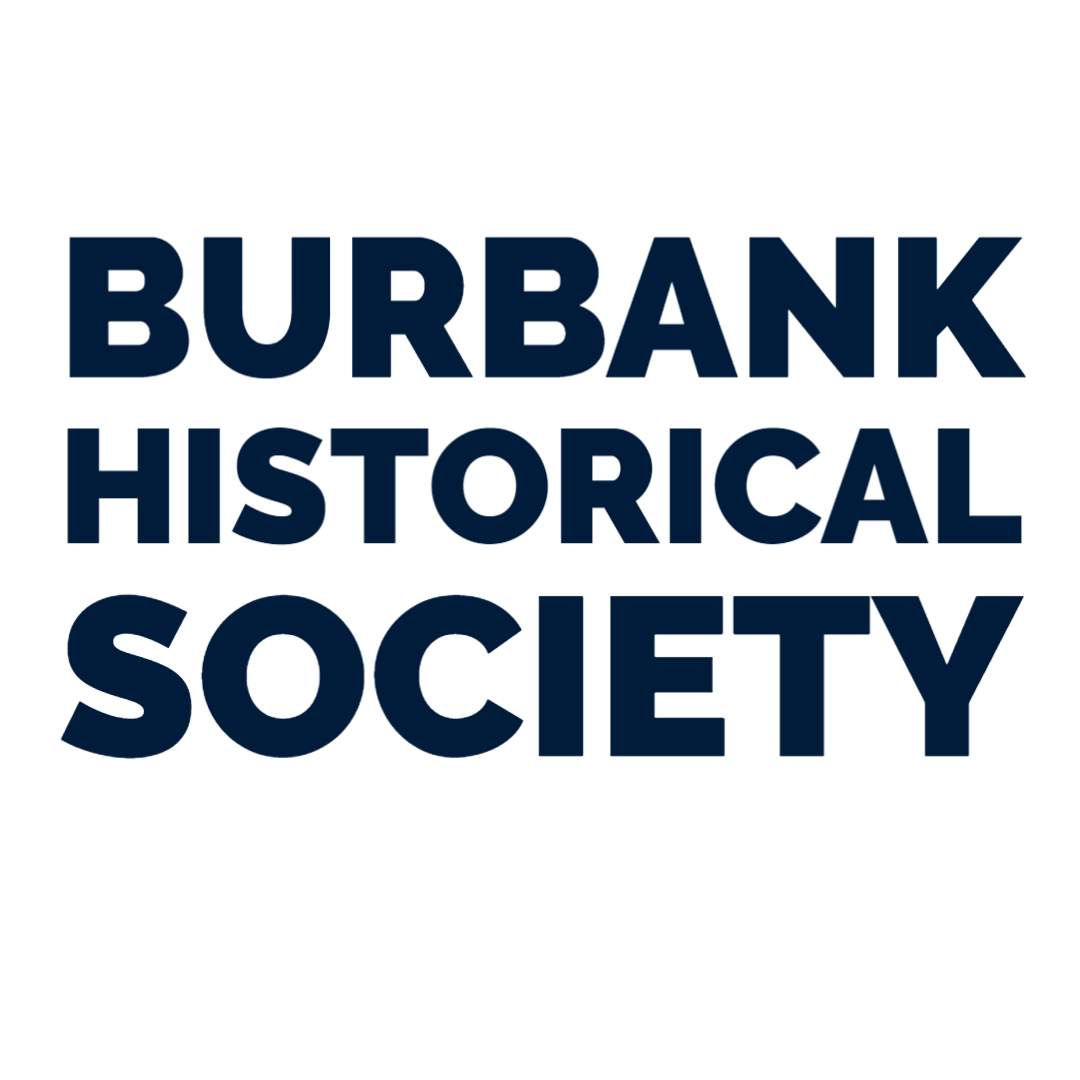YOU GIVE ME FEVER
There was no vaccine.
It spread so fast.
All the public could do was self-isolate or be placed under quarantine, practice good hygiene, use disinfectants and not attend any gatherings.
If the symptoms were mild, people were told to go home and go to bed. If they were severe, they could go to the hospital.
But the hospitals were overflowing with patients; rows and rows of cots lined the floors. And there was a shortage of medical personnel.
Accusations were made that the government was lying to the people, that they knew this was coming and didn’t take any preventive measures. The government was labeled as incompetent. Less cynical minds felt the government was at least in denial over the severity of the outbreak.
The world was fraught with fear. People wore surgical masks, stockpiled food, and stopped going to church. However, the rules about public gatherings, masks, etc., were different in different communities. In Tucson, you could be arrested if you didn’t wear a mask. Not so in Albuquerque. There was no one federal mandate.
It was never clear exactly how or where this flu originated. Many people believed it came from animals. It might have started in China.
Sound familiar? Could it be the COVID 19 pandemic the world has been going through?
No. It was the Spanish Flu pandemic of 1918.
If you remember your grade school history (or if you go to the movies) you know that World War I was going on in 1918. With the world at war, the Powers That Be throughout the world did not want to worry the public about any pandemic. Morale could not be threatened. That is why (they say) that people were not given enough information about the pandemic. But in reality, more soldiers died of the Spanish Flu than they did on the battlefields of war in 1918!
Why did they call it the Spanish Flu if they didn’t really know where the flu came from? It was because Spain was not in the Great War. Their King Alfonso was struck with the flu and since there was no morale in Spain to worry about, King Alfonso’s flu was widely reported. But it could have really started in Germany. It could have started in China. But we KNOW it infected soldiers everywhere. And those soldiers were not well nourished, and they moved around a lot, including going home as the war ended with the armistice of November 1918. These factors helped spread the pandemic.
You can see how similar the Spanish Flu was to the Corona Virus, but there were also some key differences. For one, interestingly enough, young adults who were otherwise healthy and fit were hit the hardest. Usually it’s the very young and the senior population that is most at risk. But not so with the 1918 Spanish Flu.
There was really not much that doctors could do. There were no antibiotics yet, nor respirators or ventilators and no tests. The Spanish Flu of 1918, which lasted until 1919, killed one-third of the world’s population. It killed more people in 24 weeks than HIV/AIDS killed in 24 years! In the US alone, it killed 50 million people, which is the equivalent of 200 million people today.
How did Burbank react? Burbank was really more wrapped up in the war. Rationing was going on, women were working in factories and people were scared for their young male loved ones. When the war concluded, the focus was on integrating the returning veterans into society, although veterans complained loudly that they were treated poorly upon return. No jobs, no respect. Again, sound familiar?
As with the rest of the country, the pandemic was generally ignored by the media in our fair town. But we were able to find this. On December 13, 1918, The Burbank Review (newspaper) ran the following ad:
“FLU” NOTICE
If you have had any cases in your home, be sure to expose to sun and air EVERY ARTICLE in the sick room for at least two hours. Then send all Rugs, Bedding and Garments to THE GAGE CLEANERS to be cleaned and disinfected. Watch for our specials! No. 149 West Second Street. Next to Chaffees. Burbank 108.
Guess the old cliché is true. The more things change, the more they stay the same.
PS. Do you know where Second Street is now?


